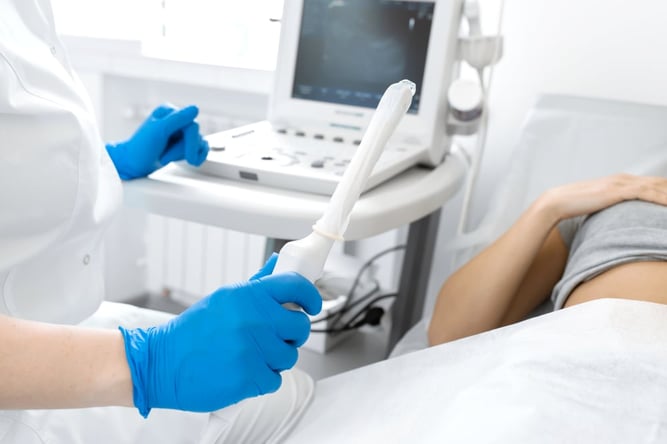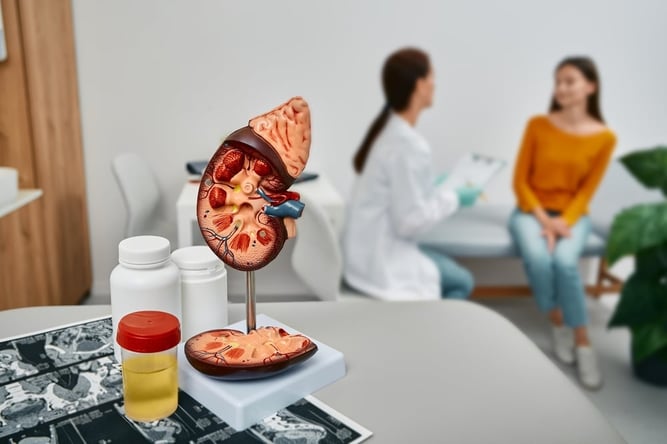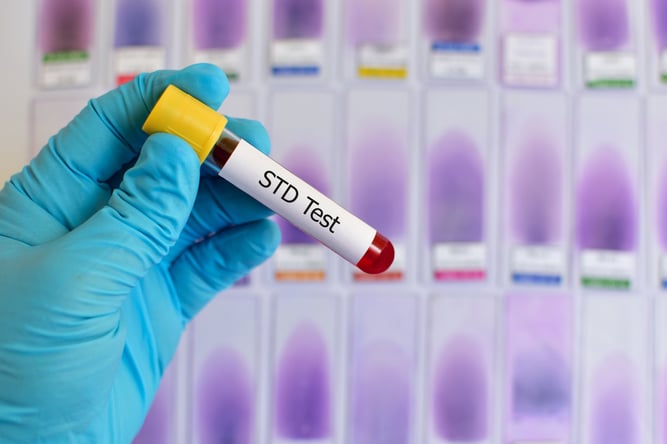Understanding and Managing Pre-eclampsia and Eclampsia
Discover the silent dangers of Eclampsia and Pre-eclampsia, unique conditions that strike during pregnancy. Uncover the pathophysiology behind this critical maternal and fetal health threat, caused by vasospasm and reduced blood flow to vital organs. Learn about the complexities of managing Pre-eclampsia, from prevention strategies to delivery decisions. Explore the potential complications, like HELLP syndrome, and the crucial role of outpatient surveillance in safeguarding both mother and baby. Find out about risk factors and the preventive power of aspirin. Stay informed and protect your pregnancy journey.

Eclampsia is a condition that occurs only during pregnancy. It is manifested by hypertension and seizures. Pre-eclampsia is the condition without the seizures. It has generally been described as hypertension, proteinuria, and edema. Hypertension in pregnancy is a blood pressure of 140/90 or above.
This condition can be very serious to both the mother and the baby. The pathophysiology is vasospasm of the arteries in the body. This vasoconstriction leads to decreased blood flow to the end organs (hypovolemia) which include the brain, lungs, heart, kidneys, and the uterus. All organs can be affected. The decreased blood flow can lead to decreased oxygen(hypoxemia) and eventual damage to the end organ.
In addition, the vasospasm causes damage to the endothelial lining of the arteries. The body then tries to repair this by deposition of platelets and fibrin. Since the vasospasm is throughout the body, this can lead to dangerous decreases in platelets and fibrinogen and generalized hemorrhage from multiple sites since the coagulation factors are depleted. The platelets and fibrin can also form a plug and block the arteries which can lead to further hypovolemia and hypoxemia with increased damage to the end organs. A severe form of this condition is HELLP syndrome which is characterized by hemolysis, elevated liver enzymes, and low platelets (thrombocytopenia). The hemolysis is caused by damage to the red blood cells trying to squeeze through the constricted arteries that are also blocked by the platelet fibrin plug. The elevated liver enzymes are a result of damage to the liver because of the decreased blood flow and oxygenation. Severe pre-eclampsia can also be defined by a blood pressure of 160/110 or above, spots before the patient’s eyes, and right upper quadrant pain.
The only cure for pre-eclampsia is delivery. If the baby is mature and after 36 weeks, then it is an easy decision to deliver. However, if the baby’s gestational age is only 26 weeks, the decision is much more complicated.
The treatment of pre-eclampsia prior to delivery is symptomatic, preventing seizures, and avoiding end-organ damage. This is accomplished by giving magnesium sulfate, anti-hypertensive agents, oxygen, and hydration. Blood replacement and coagulation factor replacement may be necessary.
In the outpatient setting, the goal is to prolong the pregnancy and make the diagnosis of severe pre-eclampsia before there are further complications such as eclampsia, abruptio placenta, and intrauterine fetal demise. Intrauterine growth restriction is also possible and further complicates the management.
If the patient’s bp is 140/90 or above, then questions as to any symptoms of severe pre-eclampsia such as headache, spots before their eyes, and RUQ pain should be asked. Blood should be sent for PIH labs to evaluate for anemia, thrombocytopenia, and elevated liver enzymes. A 24 hr collection for total protein should be sent. Most authors consider protein of 300 mg or above to be significant.
If there is any evidence of severe pre-eclampsia, the patient should be sent to the hospital. Otherwise, surveillance with twice a week biophysical profile, or more often depending on the case, and growth scans every two weeks should be performed. Maternal and Fetal Medicine consultation should be obtained.
There are many risk factors for developing pre-eclampsia. These include advanced maternal age, obesity, previous pre-eclampsia, chronic hypertension, renal disease, first baby, multiple pregnancy, and African descent, to name a few. Aspirin 81 mg given daily has been shown to decrease the incidence of pre-eclampsia especially if given before 16 wks.
































